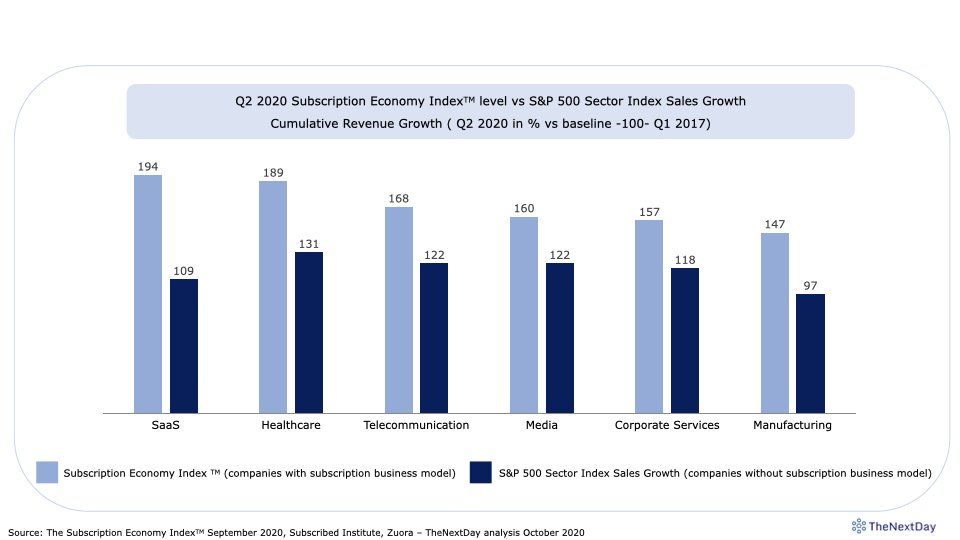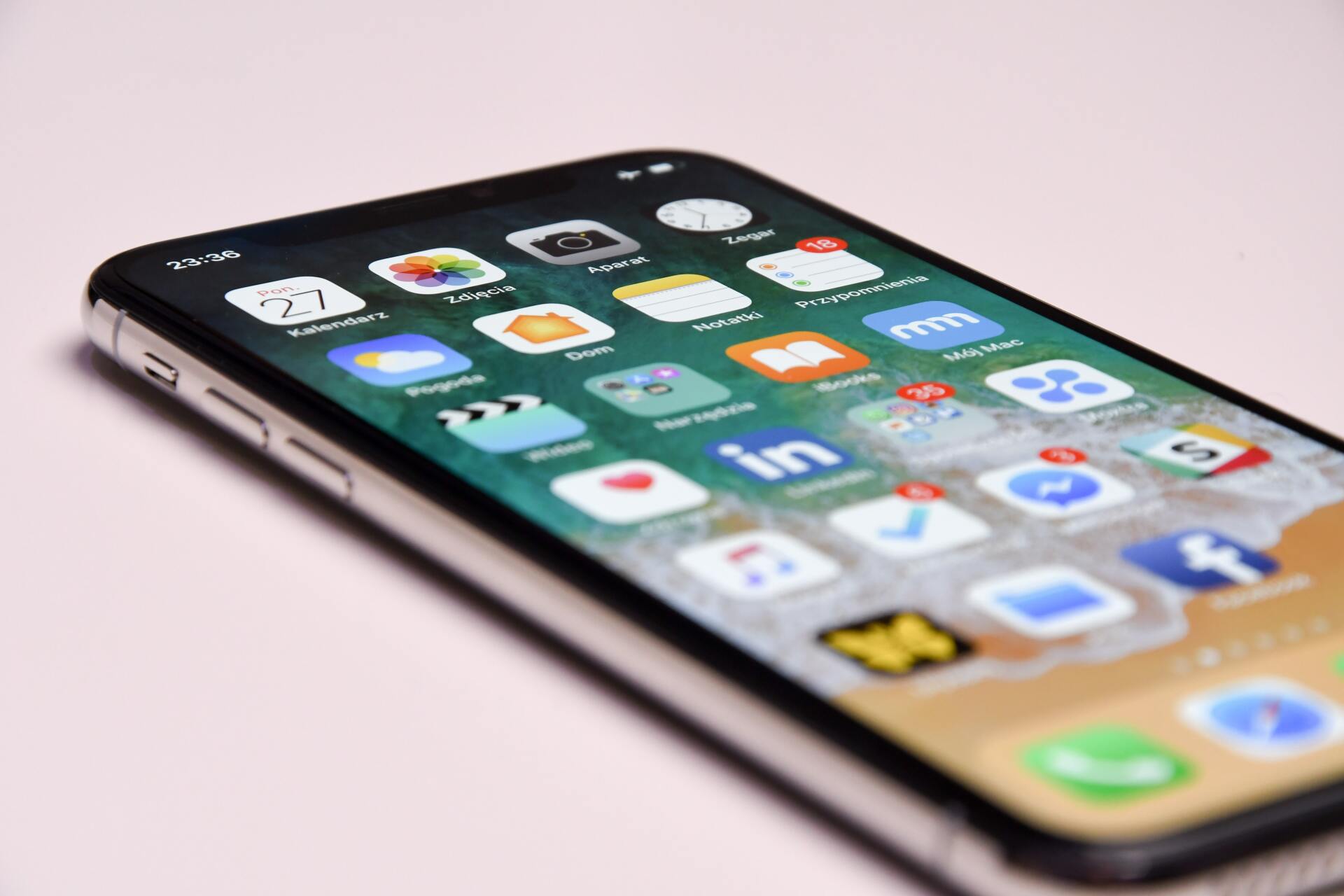From Products to Services, from One-off Revenues to Recurring Revenues
Jérôme Constant • 5 October 2020
The majority of companies are looking for predictable, regular and growing sources of incomes
creating long term value. The business model sustaining this economical vision of recurring revenues known as the subscription economy is not the primacy of some sectors or some famous companies.
Moreover, this model is not new. The premises of the subscription economy date from... the 17thcentury and the first subscriptions to books & newspapers.
The model really started to develop as from the 90’s (mobile phone flat rates, PayTV, SaaS, ...) and since the beginning of the 21th century, the subscription economy is accelerating (SVOD, music streaming, consumer goods box, …) with 85% of the European citizens having at least 1 subscription.
The subscription economy is growing faster and faster across all sectors, both in the consumer and business markets mainly due to:
- digitalization of the economy,
- penetration of broadband mobile and fix connectivity,
- availability of reliable and flexible IT solutions,
- amount and variety of generated data’s,
- promotion of this business model by start-ups,
- introduction of this business model by established companies,
- emergence of new ways of consuming:
- usage instead of ownership,
- access instead of purchase,
- customized experience instead of standardized possession.
The subscription business model is much more than just a subscription, a leasing, a loan, a monthly payment, a long-term contract with preferred price, … giving access to a service.
The subscription is one key component (but certainly not the only one) of the value proposal the company will bring to its user in order to deliver a unique and customized experience.
Subscription economy examples on the consumer market:
- The Porsche Drive Multi-subscription in USA & Canada. For a monthly subscription of 3,100 $ (gasoline excluded), the driver has access to the whole Porsche fleet and can change of the model as often he wants. Using the Porsche Drive app, he requests his preferred Porsche and schedules its delivery. A Porsche concierge will bring the new model and make the exchange.
- The Flora Insurance by Ethias in Belgium. Flora is a fire insurance for tenants targeting mainly digital native (service is only available via the web or the mobile app). The monthly subscription is paid via PayPal or credit card. This user value proposal includes declaration of damages through chat, relocation in hotel up to 7 days, payment of lease termination indemnities, …
Subscription economy examples on the business market:
- The Otis One by the elevator company Otis in the real estate sector. Based on IoT solution and platform sustained by a subscription fee, the facility manager can monitor in real time (24/7) elevators via web or mobile app. The maintenance engineer is able to spot, diagnose, predict and fix a problem before anyone in the building notices.
- HP Instant Ink by HP in the printer’s sector. Pro-active delivery of ink cartridges based on the number of pages printed. The user selects the monthly subscription linked to the quantity of printed pages and not the quantity of cartridges used. The subscription includes, among others, delivery (predictive based on IoT solution within the printer), recycling and modification of fee at any time.
As previously mentioned and described in examples, the subscription is only one component of the value proposal that should include information, services, support, touch points, brand, .... A well-designed value proposal including subscription will provide you the opportunity to up-sell, cross-sell and keep your consumer or business users.
So, whatever your sector, the subscription business model is nearly infinite (it can be combined with Freemium, On Usage, Per User, Per Feature, … pricing models) and will provide you competitive advantages to capture new needs, delight users and link them emotionally to your brand.
Introducing (partially or totally) recurring revenues to target existing or new users instead of only traditional one-off revenues should be part of your business growth strategy and suitable innovation. It will especially create long term value for your company and shareholders.





